Govind National Park & Wildlife Sanctuary
A Guide to the Remote Wildlife Sanctuary of Uttarkashi, Uttarakhand
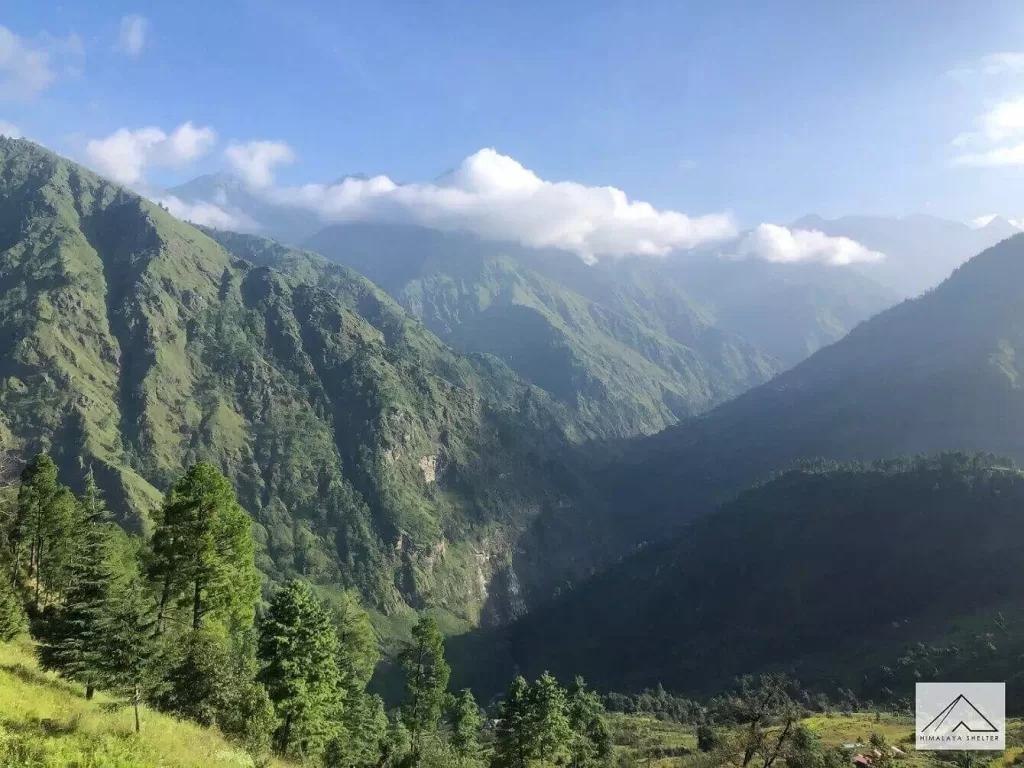
The Govind National Park & Wildlife Sanctuary, is a protected reserve known for its rich flora and fauna, alongside the unparalleled beauty that its landscape offers. Established in the year 1955, the Park spans over an area close to 1000 Square Kilometers, and is situated in the northwestern pocket of the Garhwal Himalayas, in Uttarkashi, Uttarakhand. Bordering the state of Himachal, the area is famous for a number of trekking routes, which majorly are the only way of accessing the interiors of the Sanctuary. Among the famous treks of India, Kedarkantha Trek and Har Ki Dun Trek, are located in this region.
How to Reach?
The only direct access to the Park is through the Forest Road that links the Sanctuary to the State Highway at Mori. The forest post at Netwar village officially marks the entrance to the protected reserve. The road journey from Dehradun requires one to travel along the river Yamuna up to Naugaon, before we part our ways and head towards Purola, and finally make it to Mori. The distance to Netwar from Dehradun is 182 kilometres, if the route via Mussoorie is taken. Should one opt for the route via Vikasnagar, the distance increases by 10 kilometres, albeit it can be a good choice if travelling on weekend, as Mussoorie can be at times prone to traffic Jams, especially during the peak months.

Public transport is available up to Mori. There is a bus that departs very early in the day from the Hill Bus Station, Dehradun, which is located right next to the Railway Station. Alternatively a couple of private busses head all the way up to Sankri. It is preferable to break the journey if someone is prone to motion sickness, and an overnight halt at Mori can be considered, albeit it may add another day to the entire journey. Mori has a well built Nirikshan Bhawan (PWD Guest House). If you’re headed to Sankri, the gateway to the multiple treks, such as Har Ki Dun, Kedarkantha, Bali Pass etcetera, it is advisable to reach Sankri itself. There are plenty of accomodation options in Sankri., ranging from Hotels to Home Stays. Electricity cuts however are still a conern for this rather small habitat, which has garnered great attaraction in recent times.
Popular Treks in the Govind National Park
There are a number of well explored trekking routes in the region. The following 7 are among the most prominent ones, all of them a trekkers delight-
1. Kedarkantha Trek
Kedarkantha is a ridge peak located on the southern peripheries of the park, with a maximum altitude of over 12,500 feet. It is undoubtedly the most frequented trekking route, a favorite among trekkers, who are just beginning to explore the mountains. Its popularity thrives from its vivid landscape, replete with snow during the winters, and relative ease to do the trek. It can be completed in a short duration of 5 days from Dehradun.

2. Har Ki Dun Trek
Har Ki Dun, literally translated as the “Valley of Gods” is a beautiful valley located in the northwestern interiors of the Govind National Park. It is approached after crossing the last village of the park, Osla, which houses over 200 families and is known for its unique cultural and architectural blend. The valley is situated a further 11 kilometers from this village. The total trekking distance is 50 kilometers (25 either way). This trek can be completed in a span of 6 days minimum, from Dehradun. The trek provides the opportunity to visit either the Marinda Lake, or the Jaundhar Glacier.

3. Bali Pass trek
Bali Pass is a high altitude pass that connects the Har Ki Dun region, to Yamunotri. We crossover from the Ruinsara valley in Har Ki Dun region, to the Yamunotri Valley. Situated at over 16,200 feet, the pass takes us adjacent to Bandarpunch Massif and the Saptrishi Kund are well visible from the Pass, with the Bandarpunch II peak in the background. However the most significant highlight of the trek is the unparalled view of the Swargarohini Massif from the base camp of the pass.
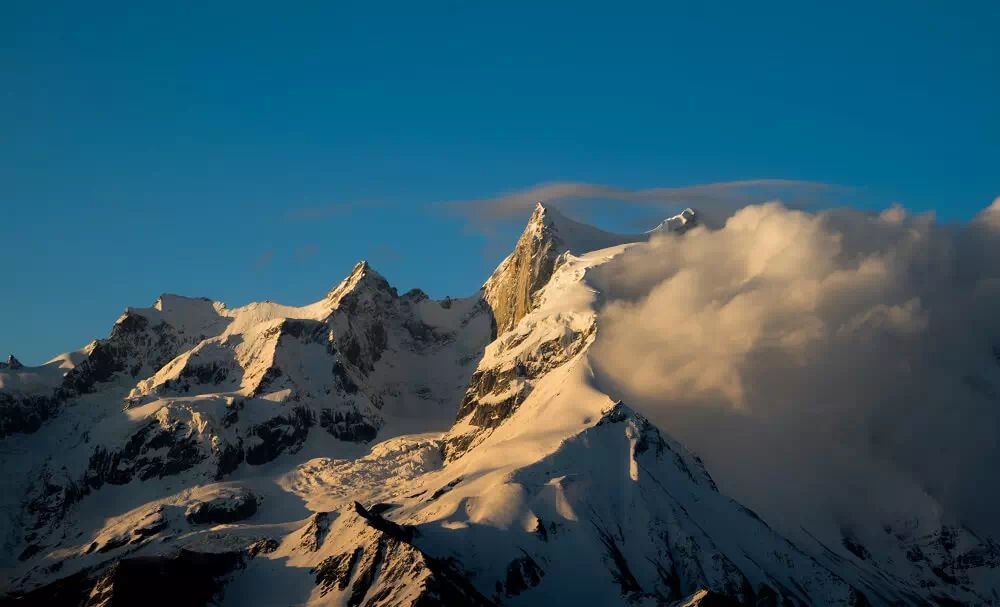
4. Borasu Pass
Borasu pass is one of the many passes that cross into Himachal from Uttarakhand. It connects the Tons river valley with Baspa river valley. The route to the Borasu Pass is an extension of the Har Ki Dun trek. It is a high but practical traverse into the great Kinnaur Valley and takes 3 to 4 days from Har Ki Dun forest rest house to Chitkul road head in the Baspa Valley. From Har ki Dun the trail heads North along the Marinda Gad(river). The trek leads us to the northwestern border of the Sanctuary, and we cross over into Himachal leaving behind both the park and the state of Uttarakhand.
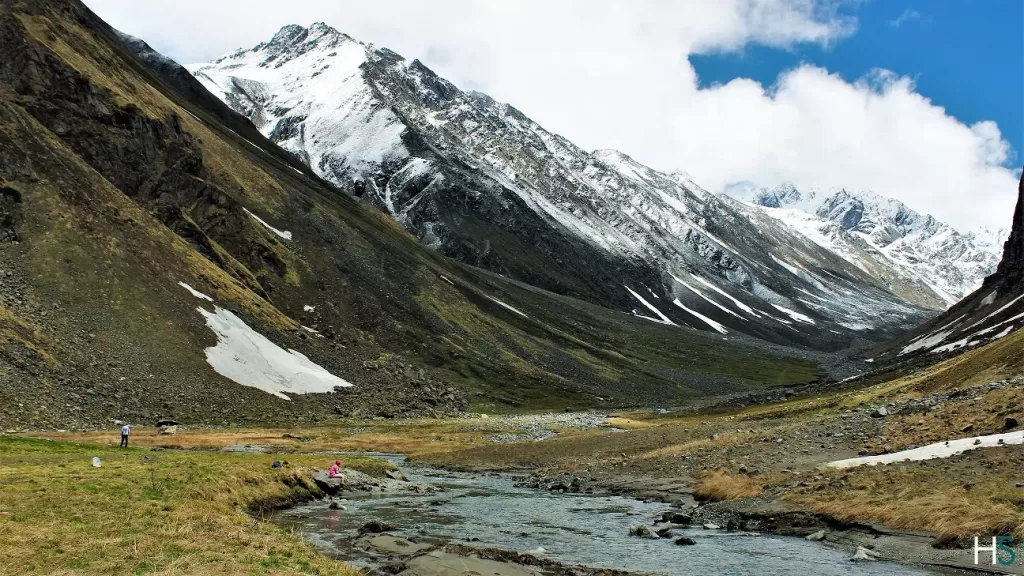
5. Dhumdhar Kandi Pass
The pass connects Bhagirathi and Tons valleys. In ancient times, it is believed that local villagers, traders and even invaders used this pass as a shortcut to get into the remote Tons Valley. It is one of the unique treks where the glaciers on either side of the pass feed two different big rivers, the Bhagirathi and the Yamuna.

6. Ruinsara Tal Trek
The Ruinsara Tal/Lake is a high altitude lake situated along the route to both the Dhumdhar Kandi and Bali Pass treks. Marked by rhododenderon forests on its true south, the lake is rarely visited. The trekking route parts its ways from the Osla village and while the trail to Har Ki Dun continues up north, an eastward turn leads us into the Ruinsara Valley and up to the lake. The distace is approximately 27 kilometers from village Osla, and may be tiresome for few to accomplish within a single day. Black bears are in abundance along this routw with ocassional spotting of Brown Bears as well, a little further ahead from the lake.

7. Phustara Trek via Phulara Ridge
One of the lesser known but incredibly unique trek is the trek to the Pushtara Meadows via Phulara Ridge. What makes this trek unique is the landscape that one traverses through. Ridges are quite uncommon in the Indian Himalayas. But this trail takes you on a walk atop a ridge that lasts for almost 2 hours! Given that this one of a kind trek in the Uttarakhand Himalayas is slowly earning its well-deserved fame in the trekking world, it is best to pay it a visit before the crowds arrive.

Villages in the Govind National Park
There are numerous villages tucked inside the Govind Wildlife Sanctuary, which are unique in their cultural, and are architecturally intriguing. While the village Netwar marks up for the entrance to the Park, there are plenty more hidden marvels inside the protected reserve. Villages Dhaula and Sewa lie enroute to the Rupin Pass trek and while we crossover into Himachal, ahead of Sewa, and outside the Sanctuary, the consecutive village of Jakha is one of the most beautiful villages one could stumble onto in the remote Himalayan Wilderness. While this trek doesn’t entirely place itself in the National Park, it is a must visit.
Uttarakhand Treks | treks in Uttarakhand | Treks from Dehradun | trekking in Dehradun | Trekking companies in Dehradun | Har Ki Dun trek | Bali Pass trek | Phulara Ridge Trek | Kedarkantha Trek| Dayara Bugyal trek | Gaumukh Tapovan trek | Kashmir Great Lakes trek | Valley of Flowers trek | Nag Tibba Trek
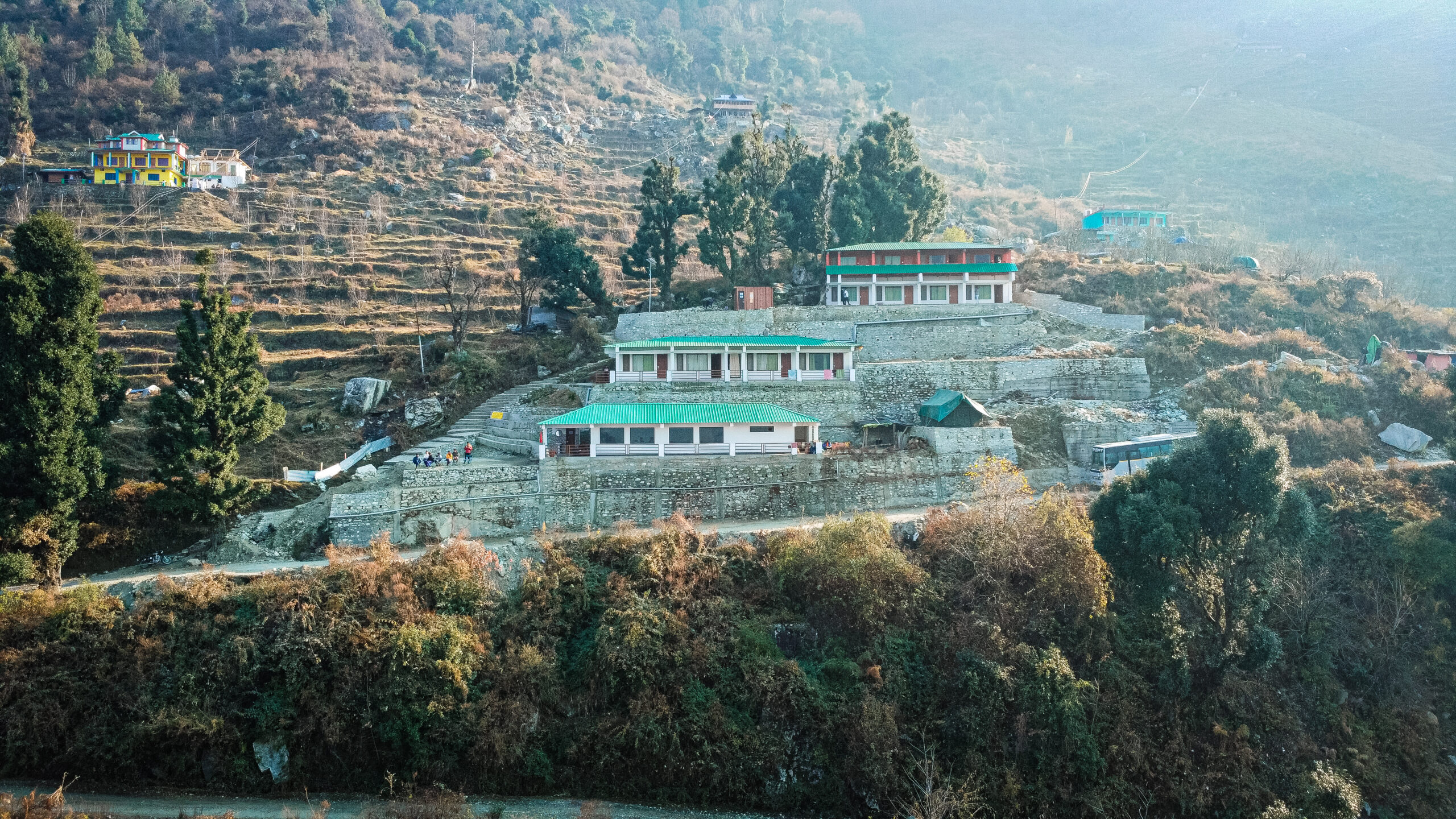
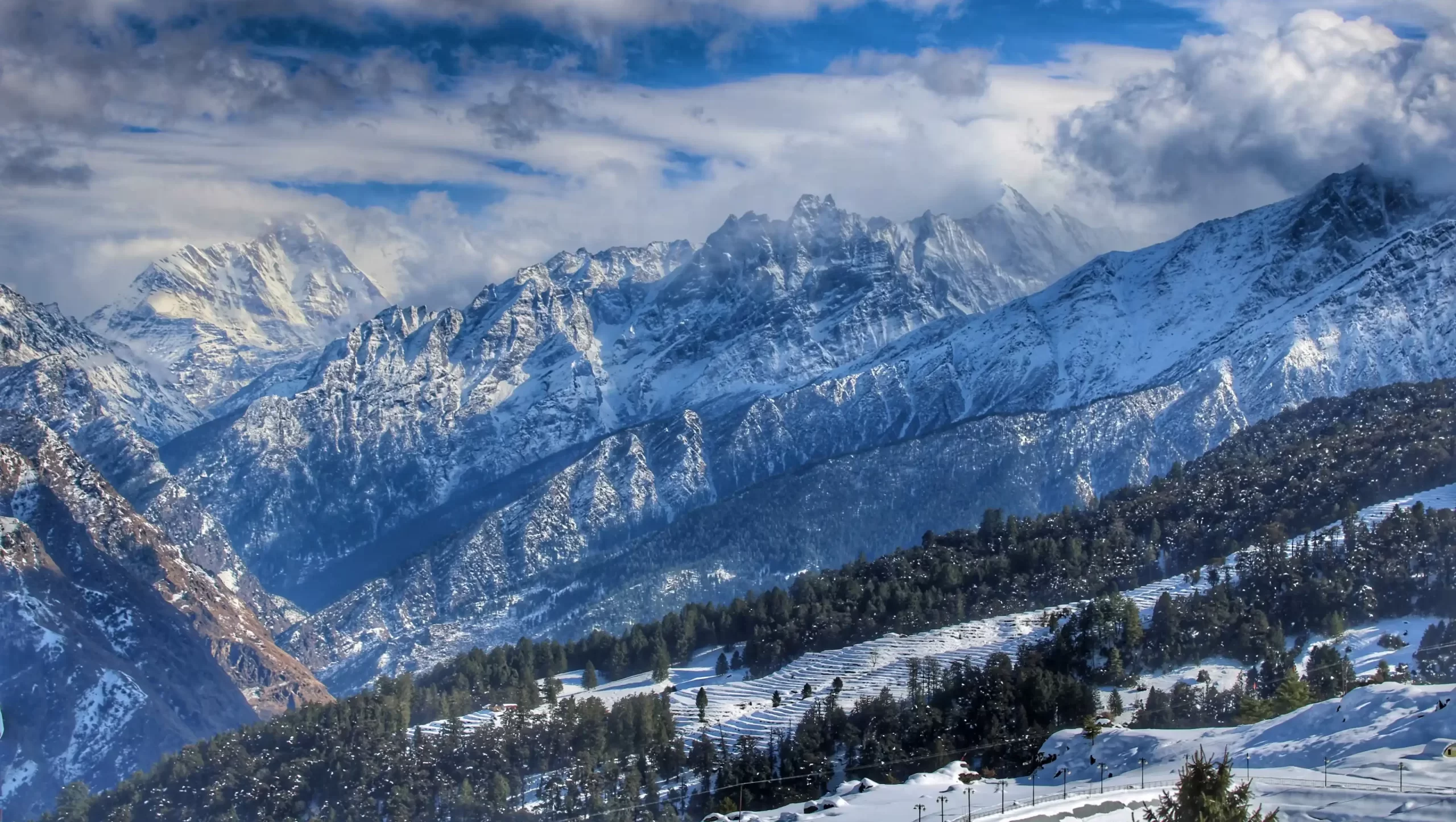
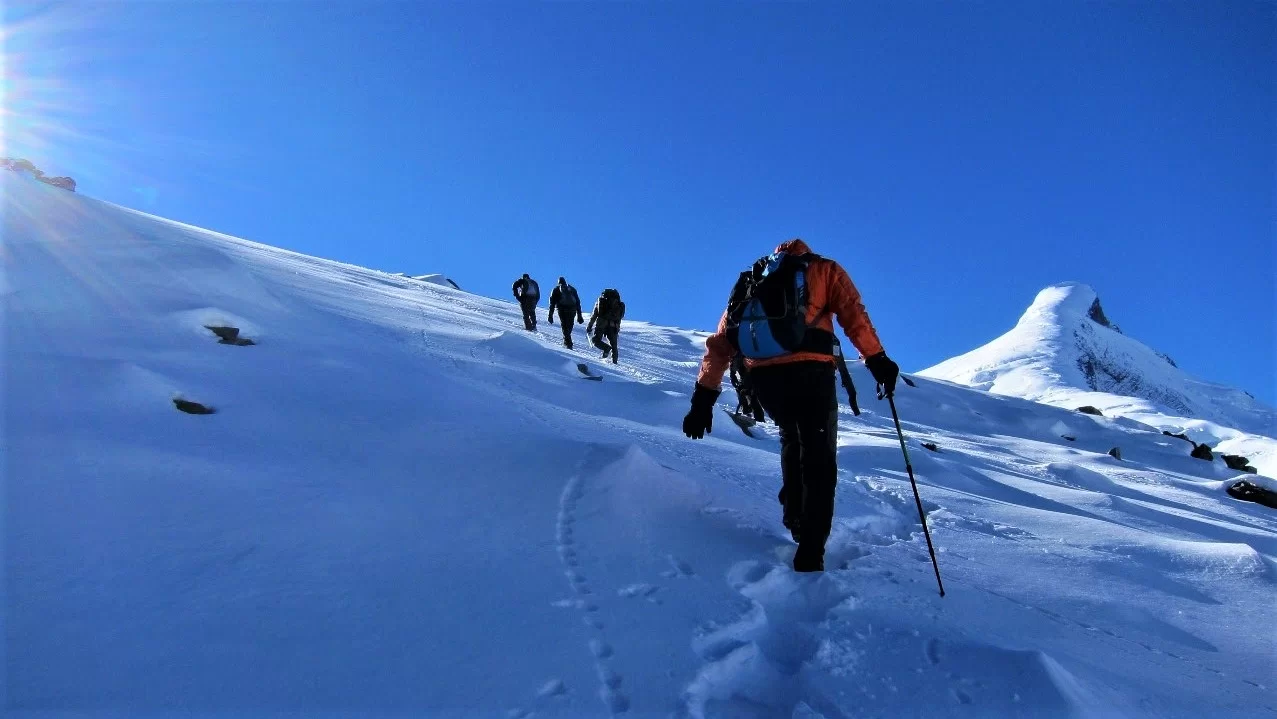
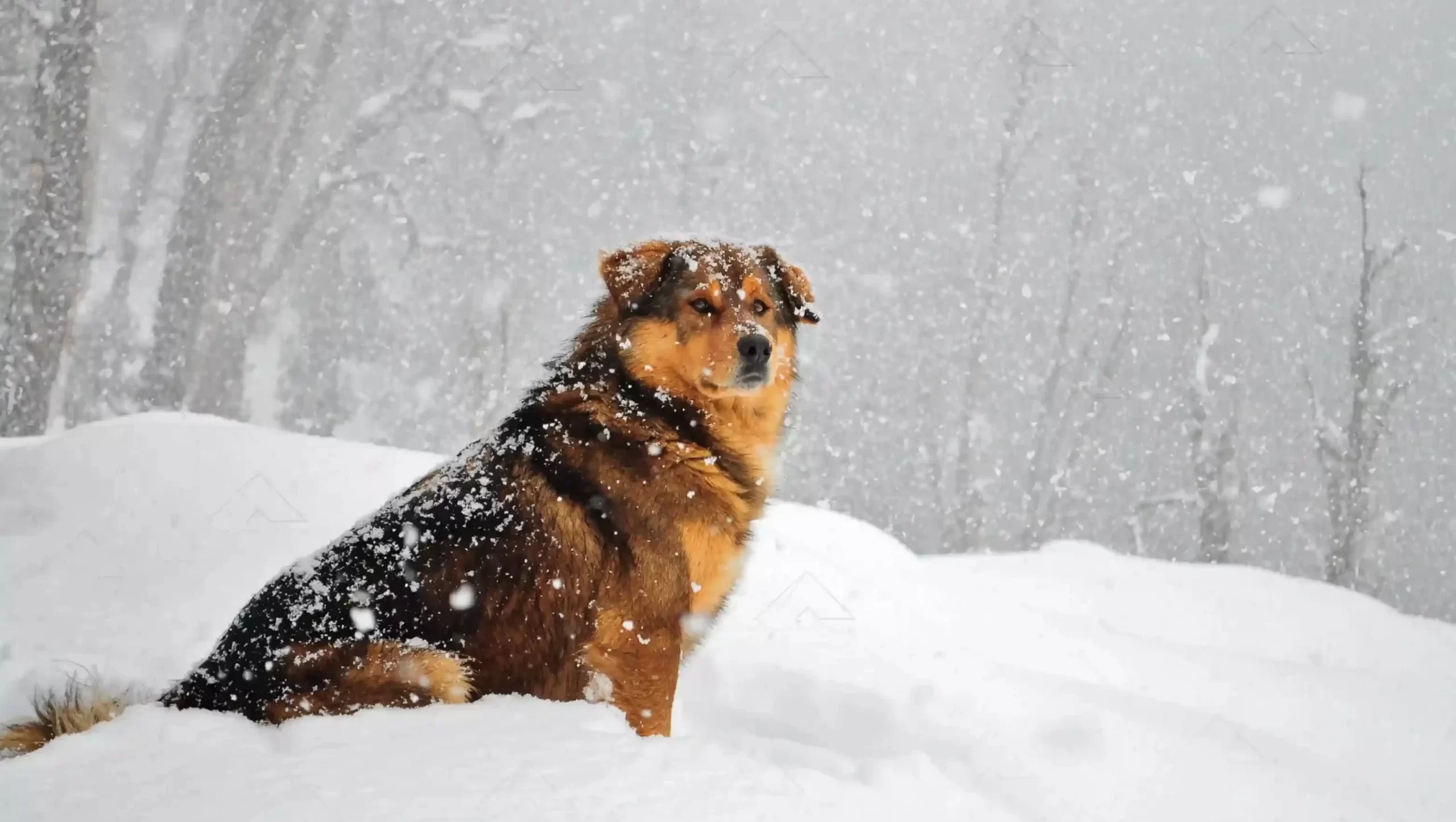
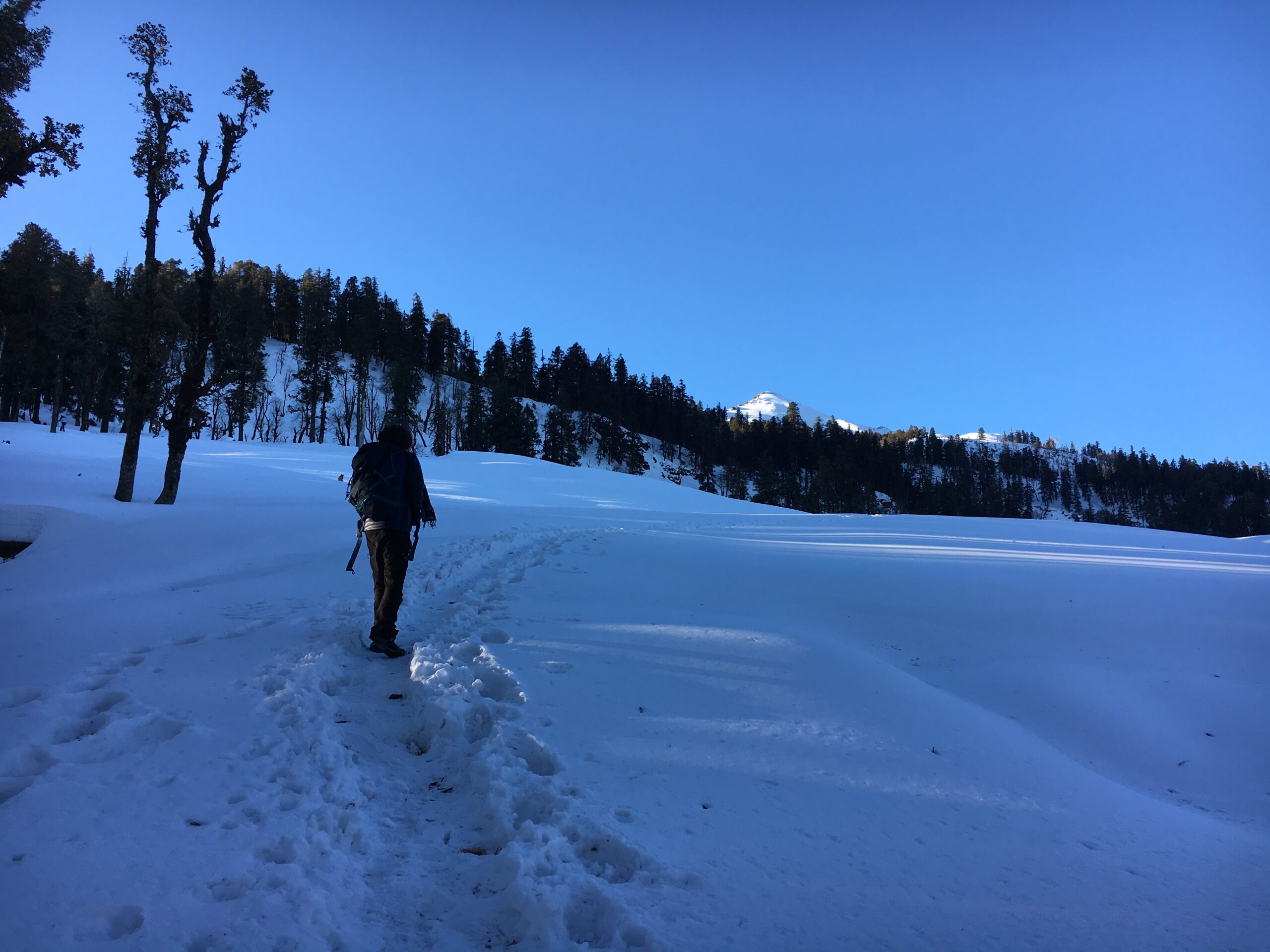
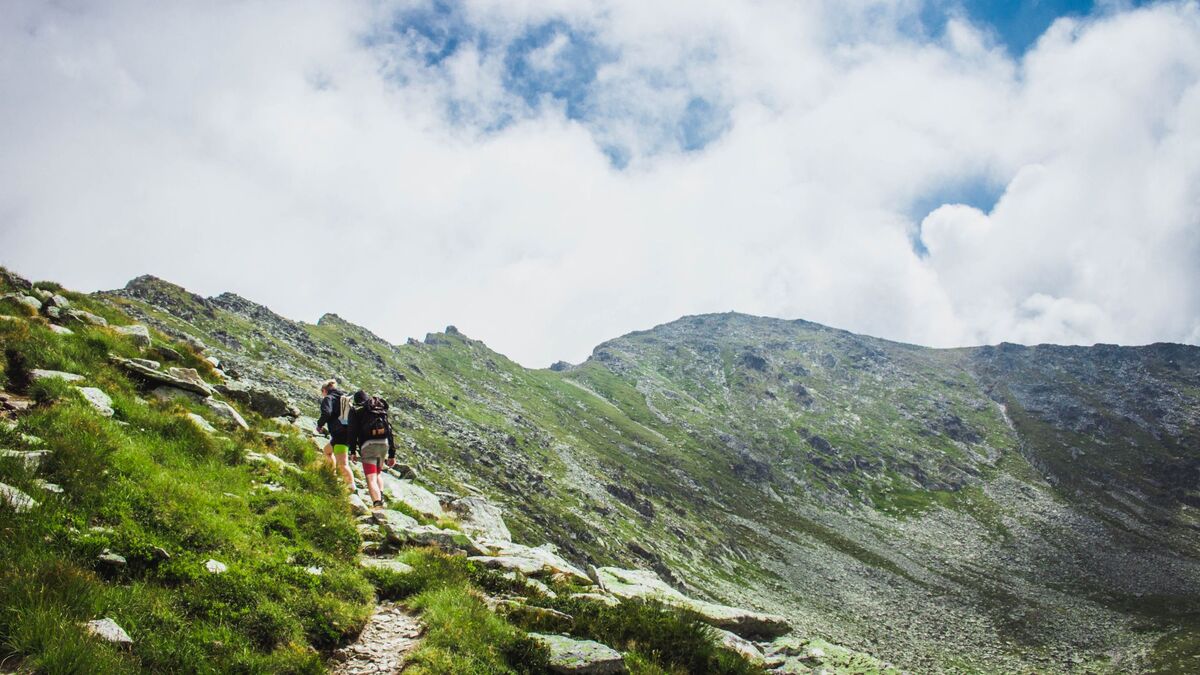

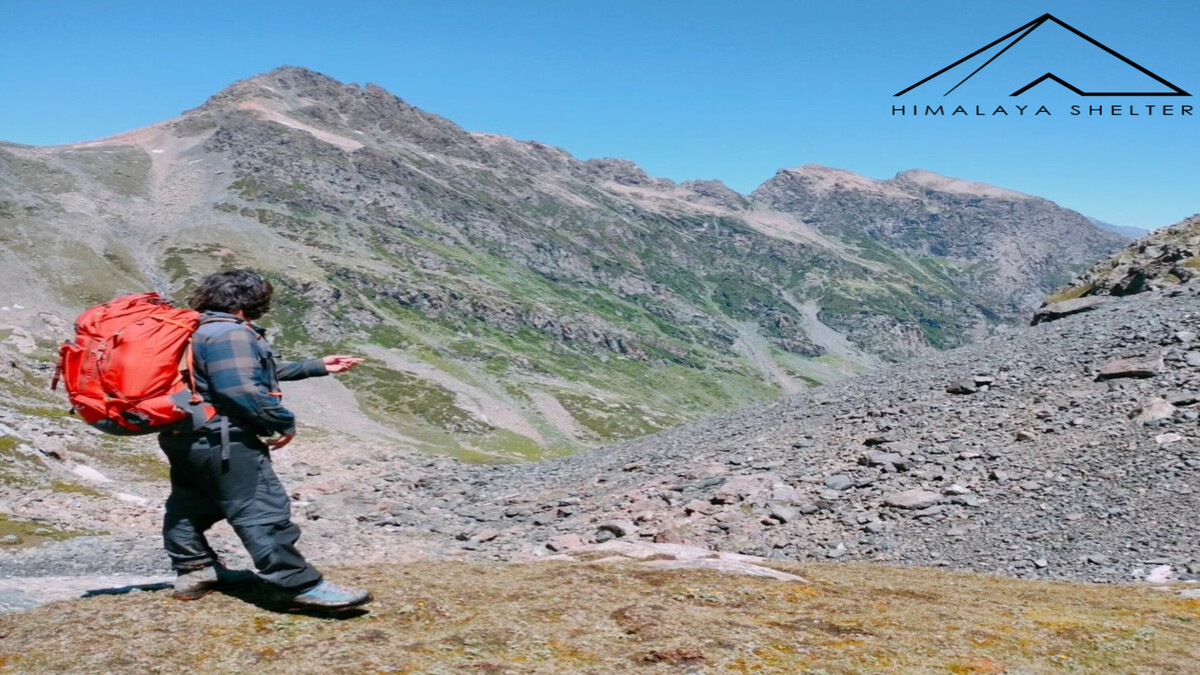
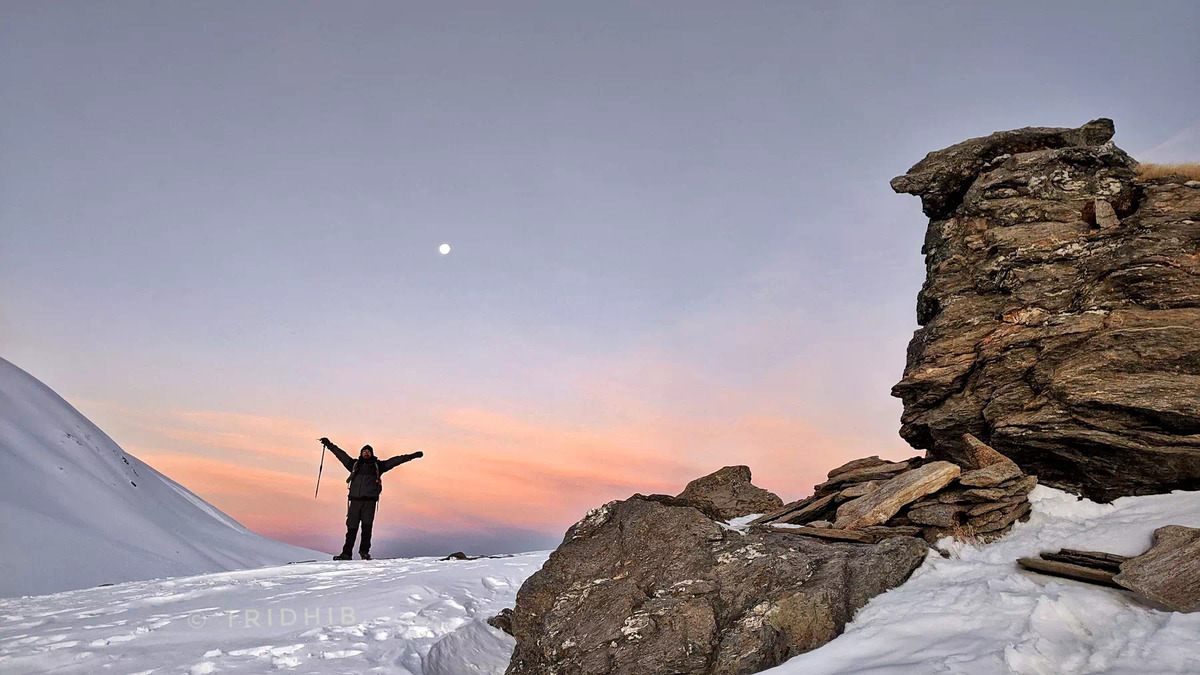

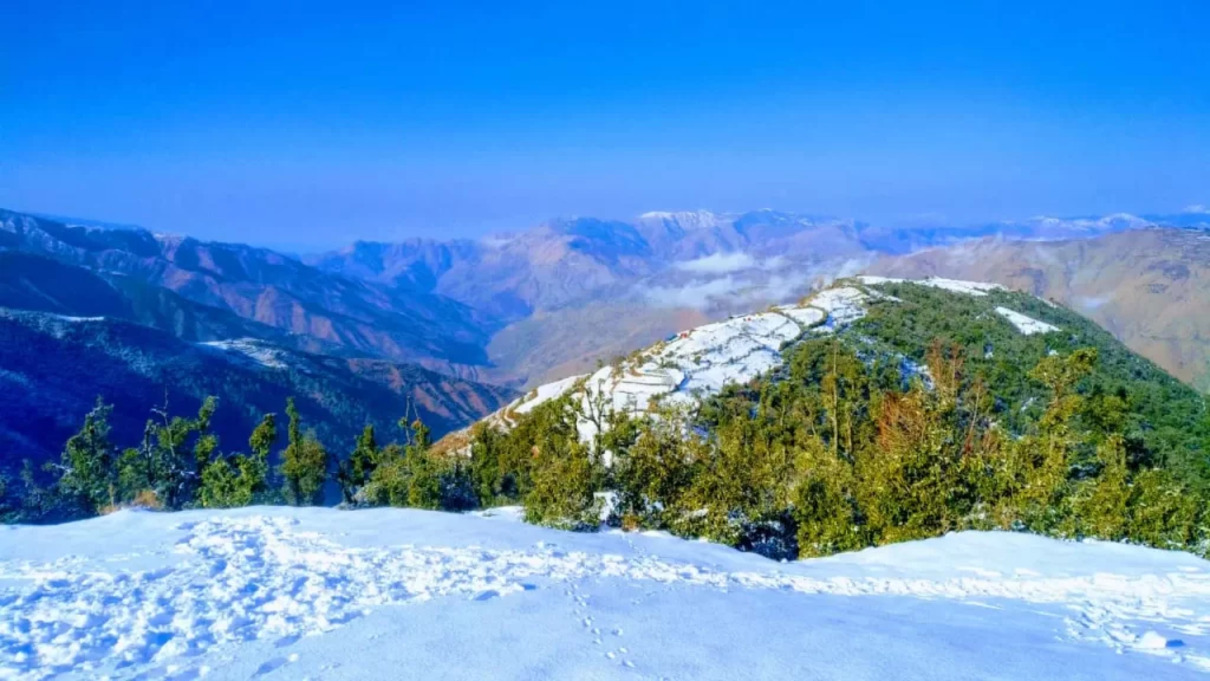
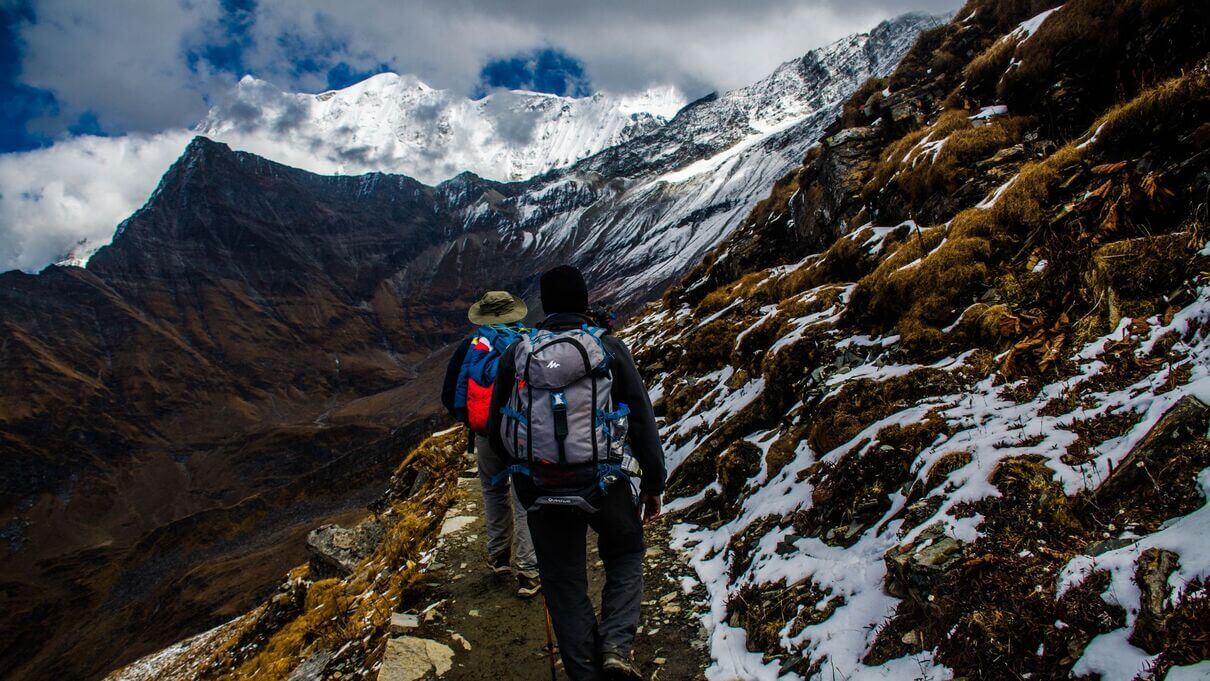




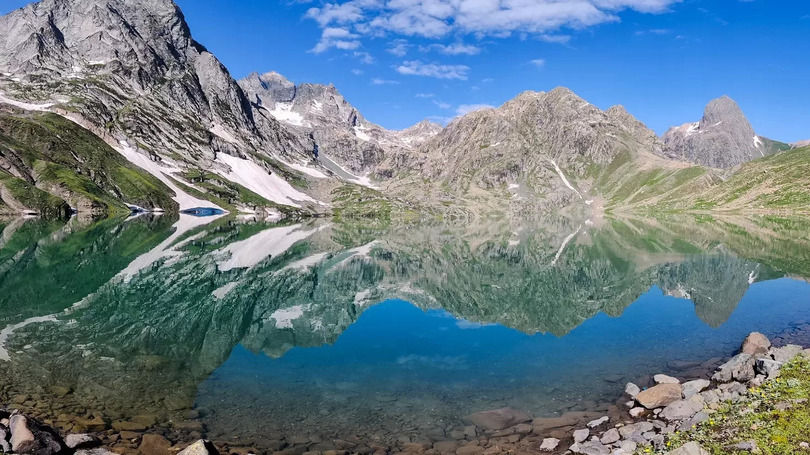
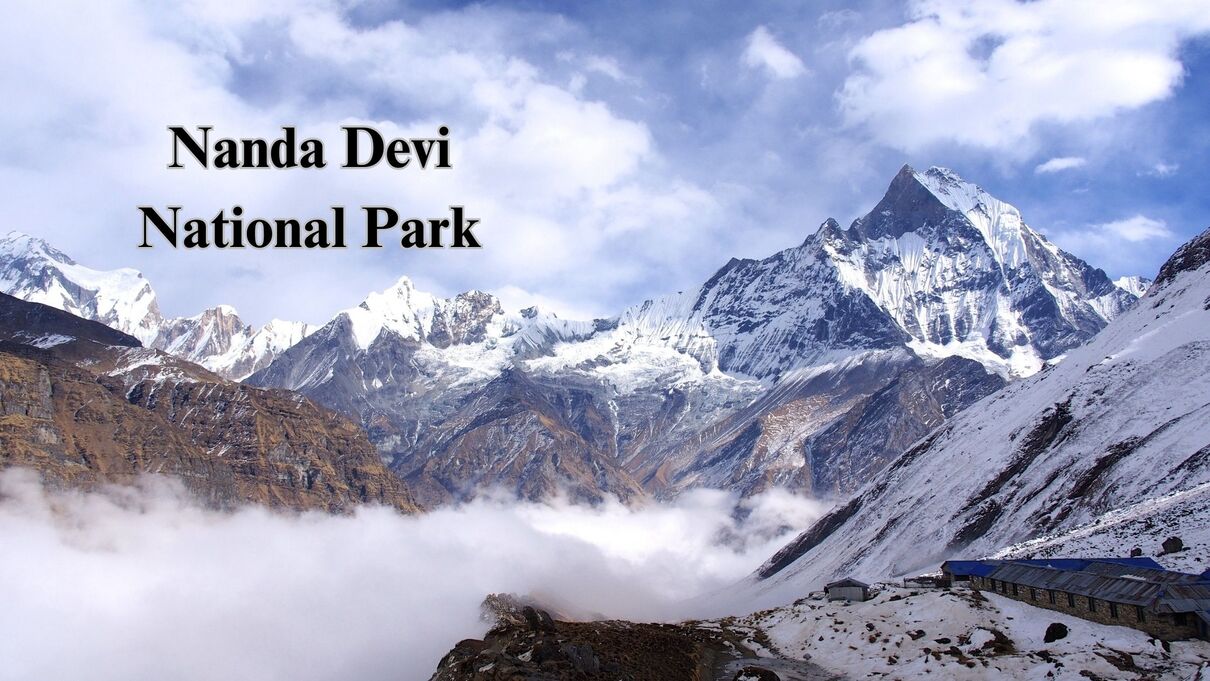
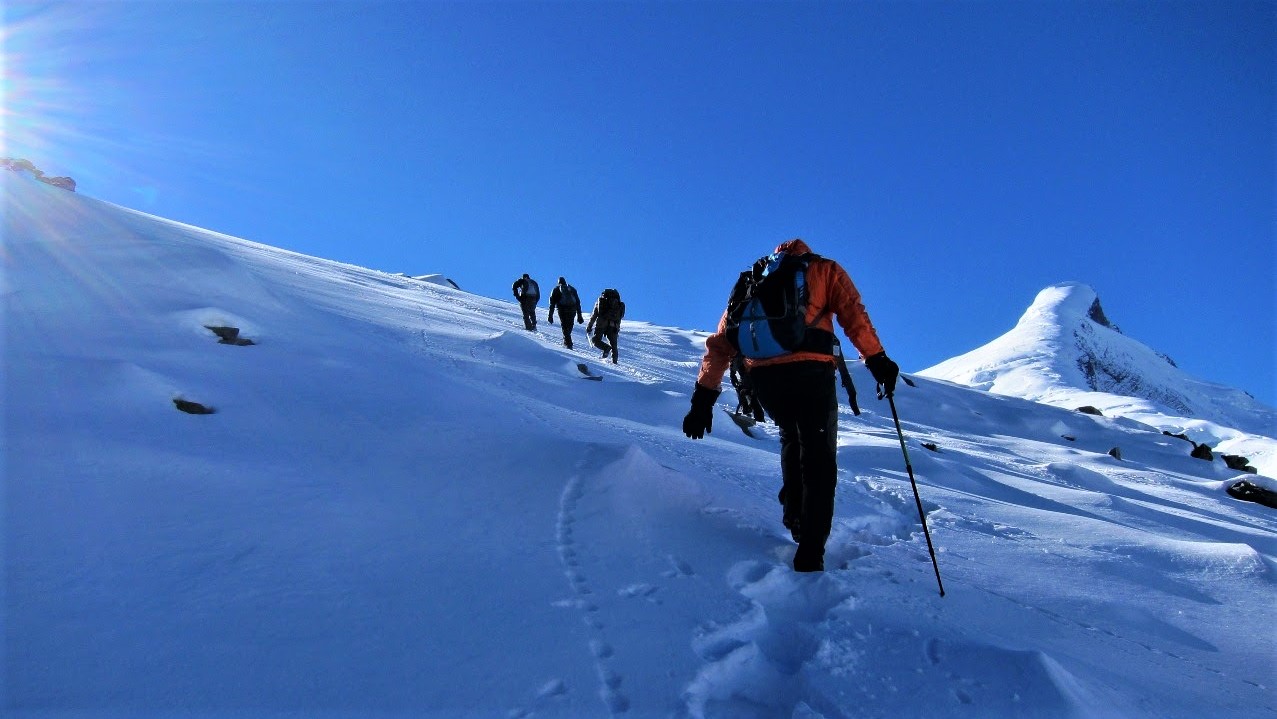
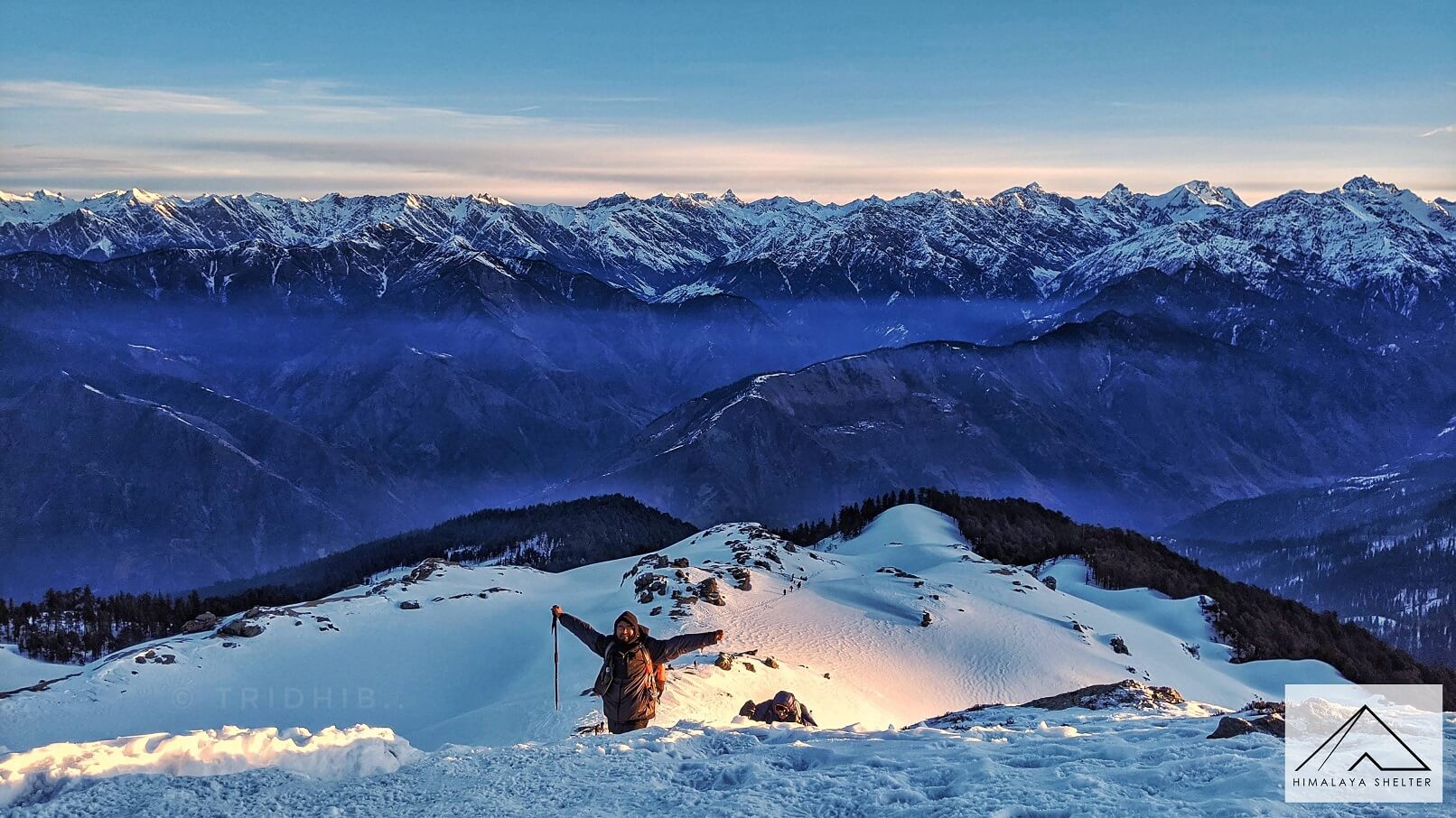
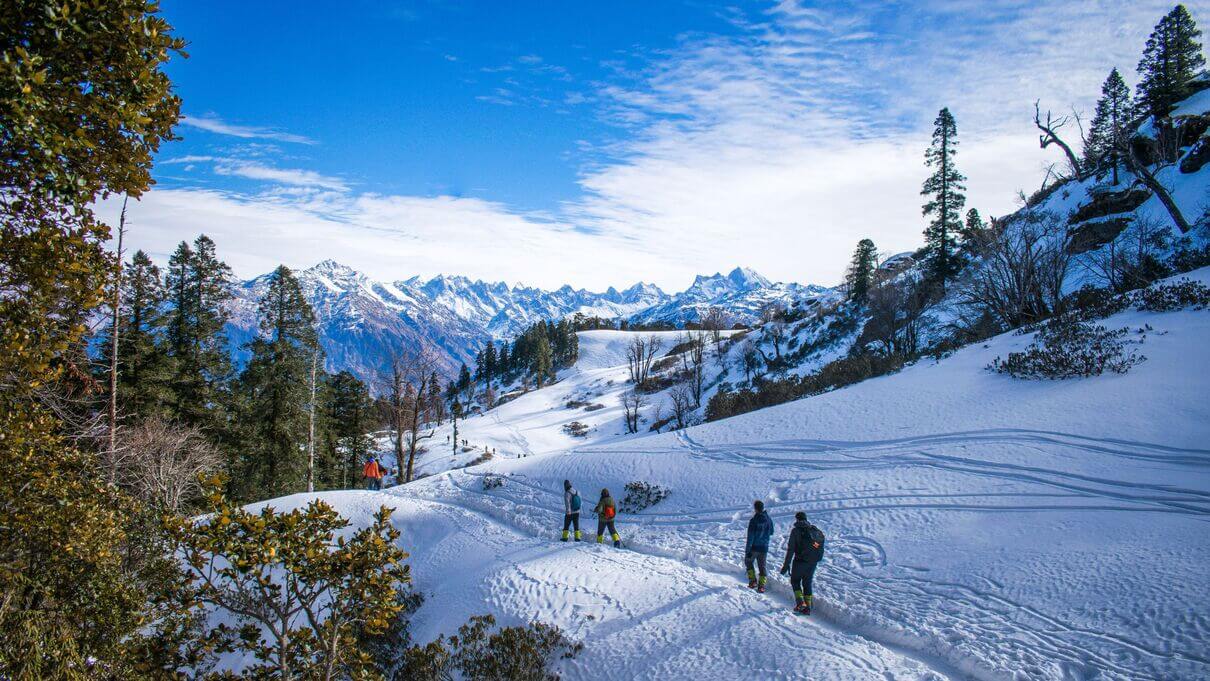
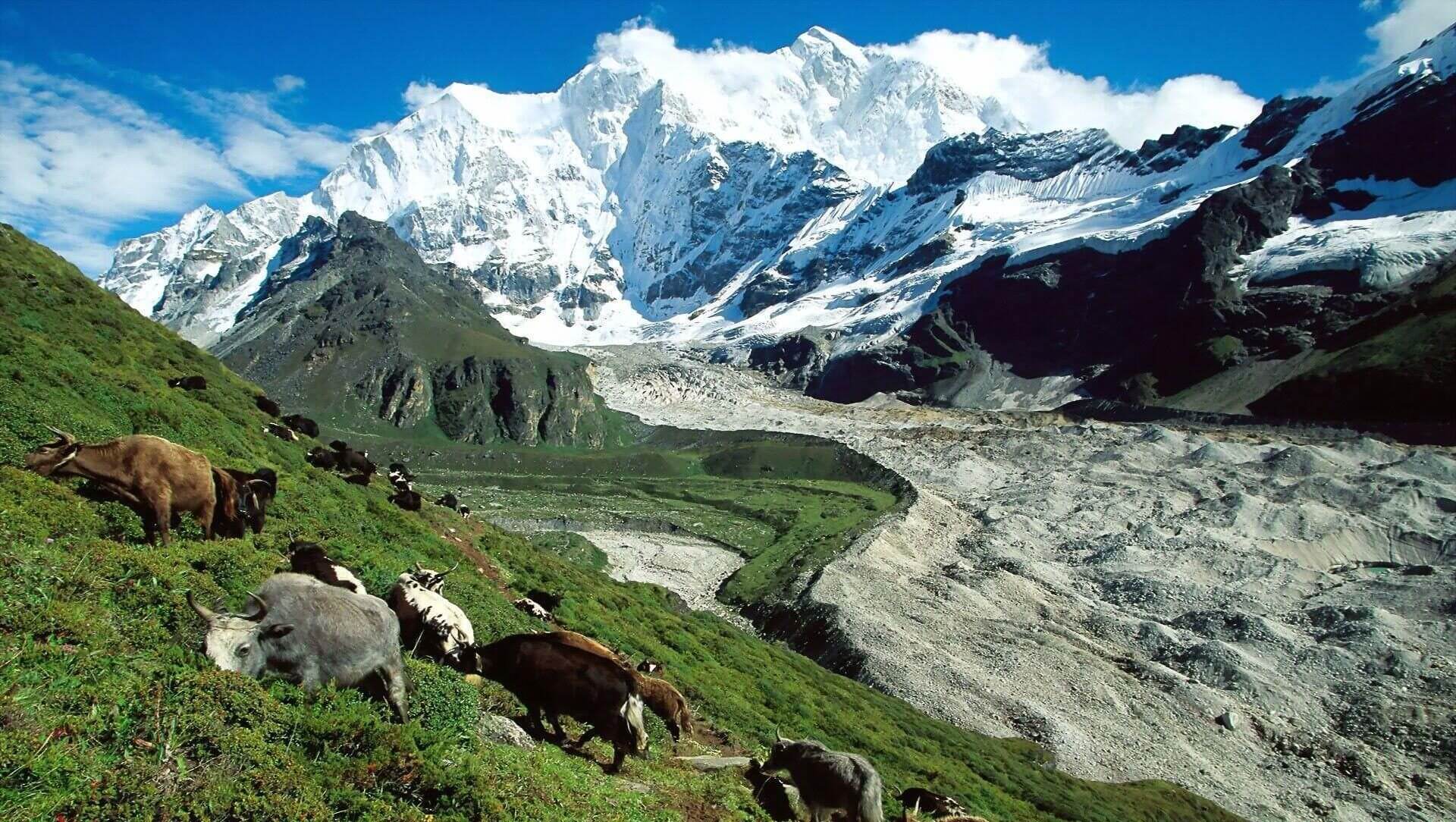
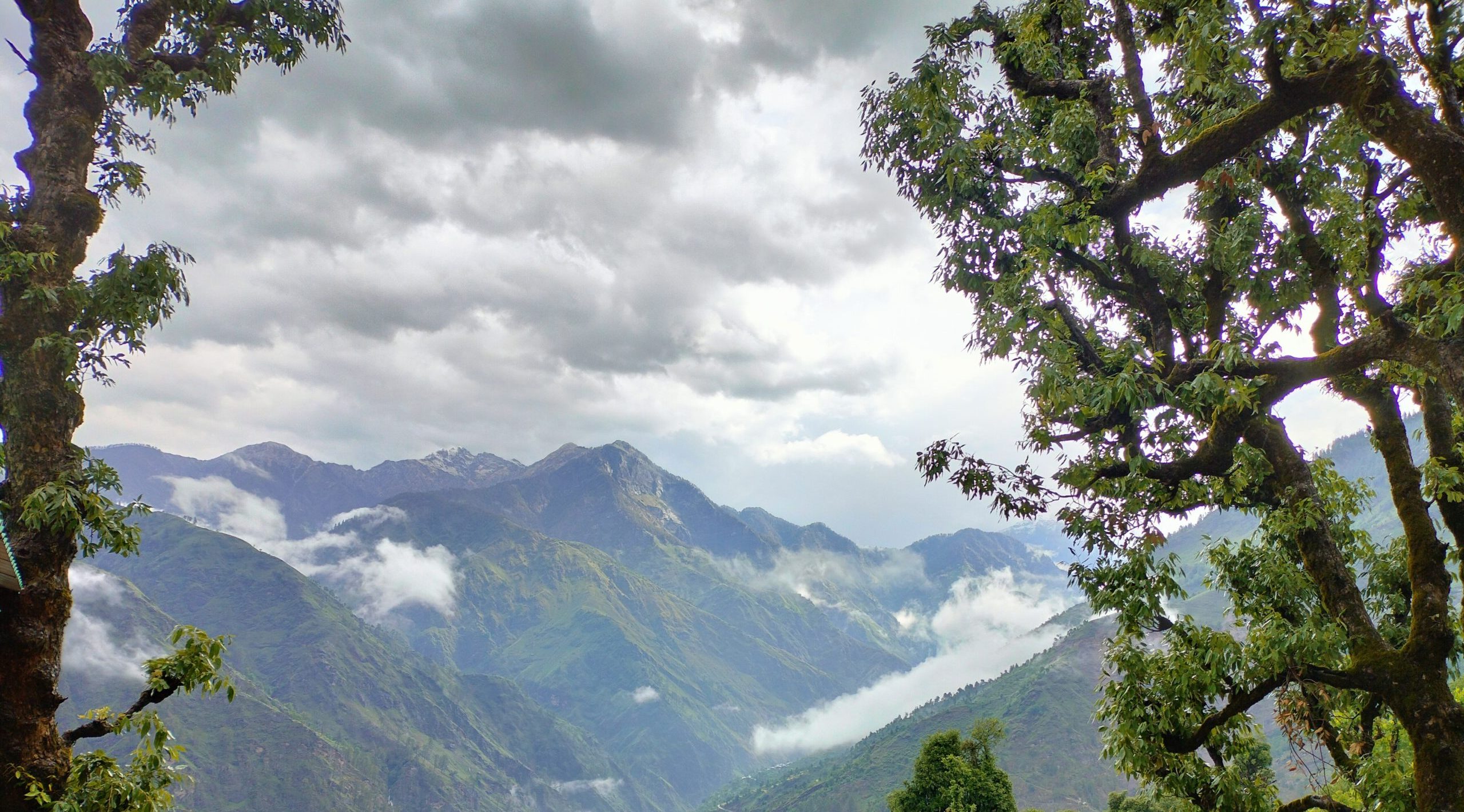
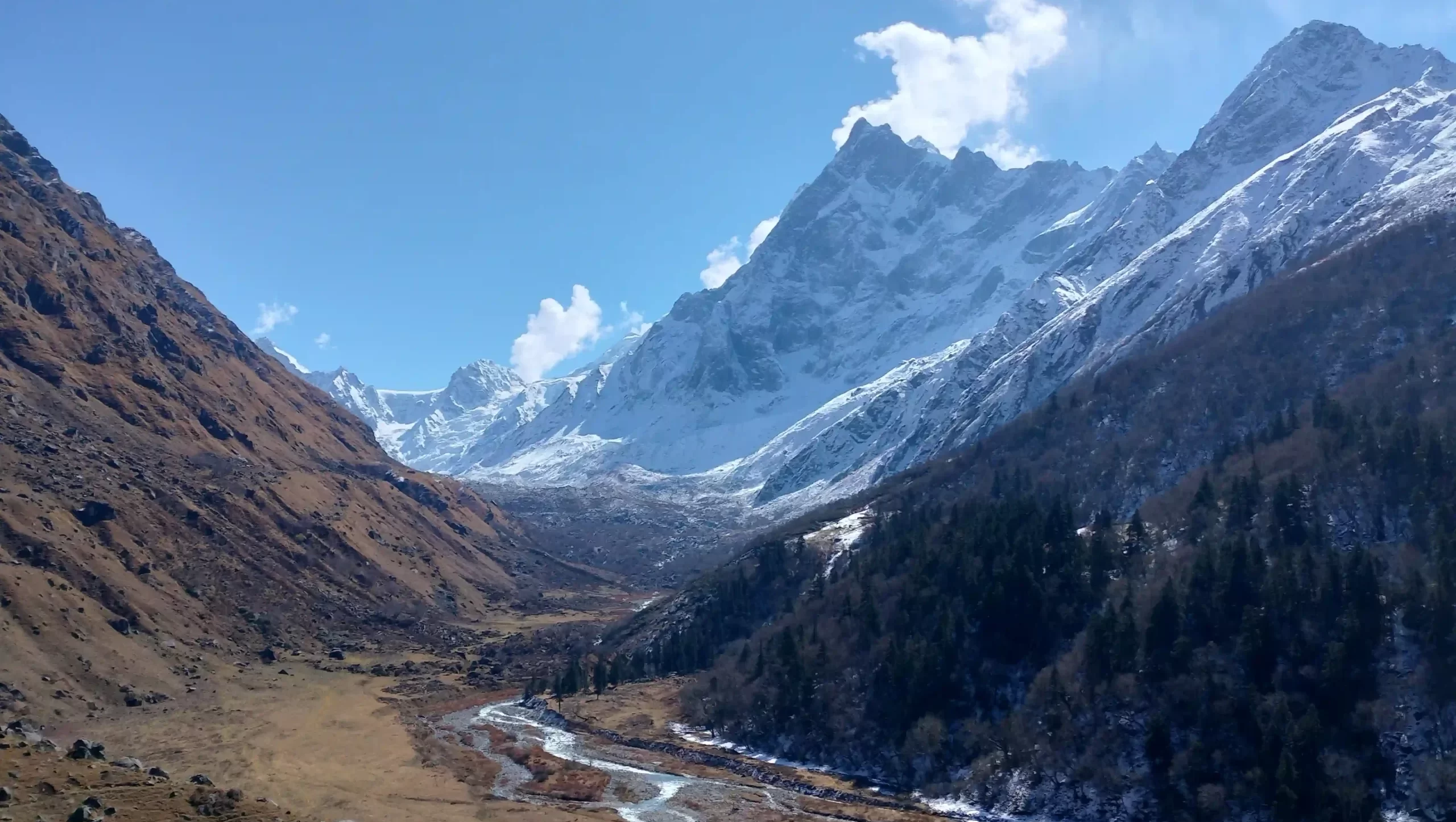
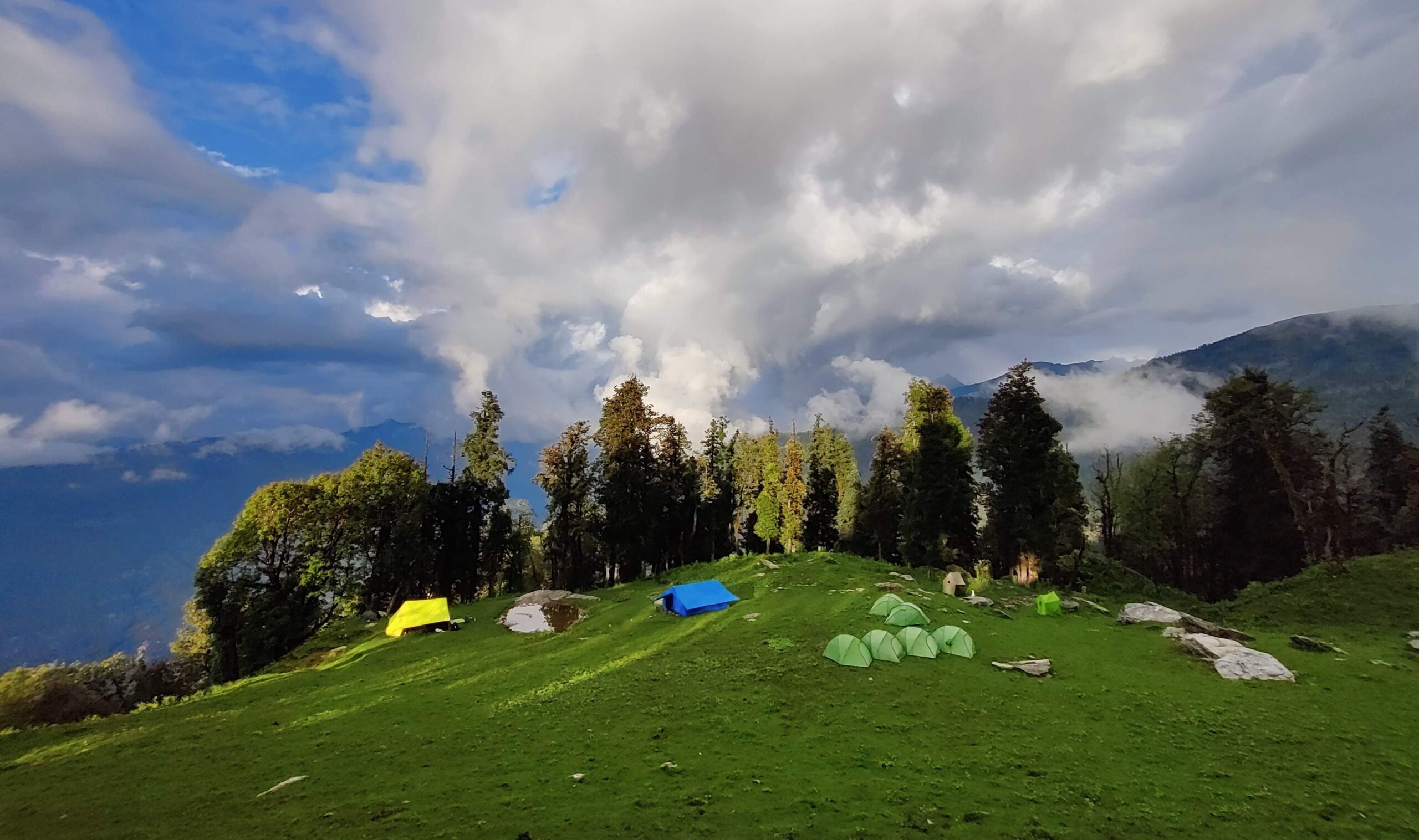
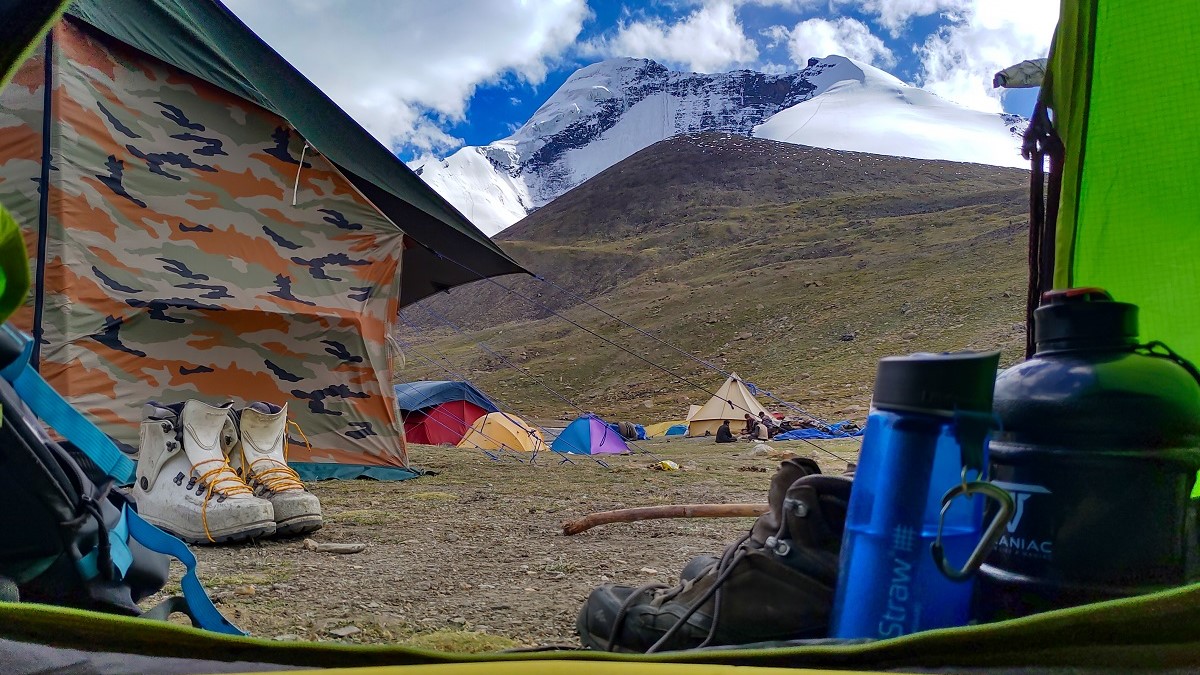
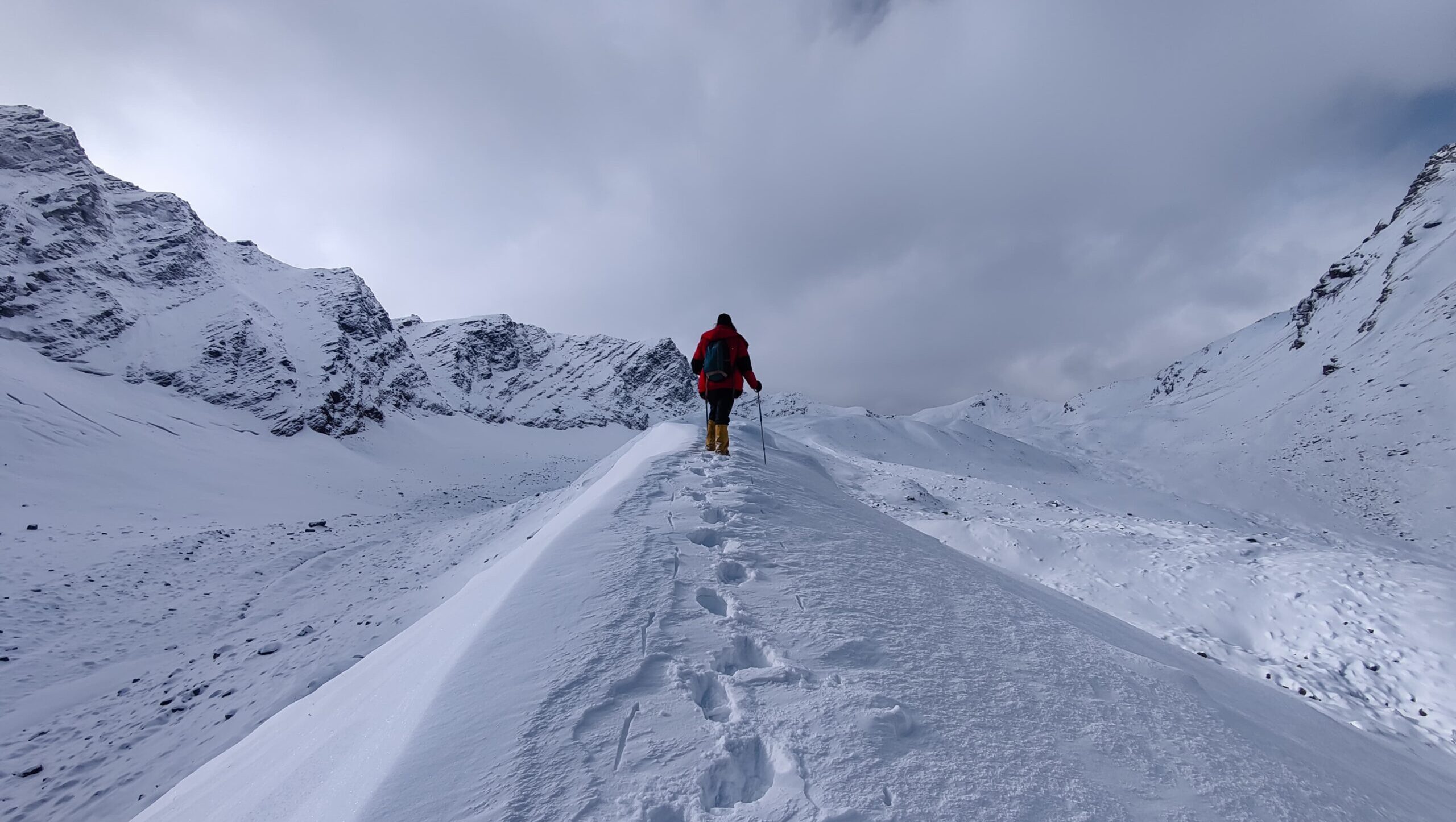
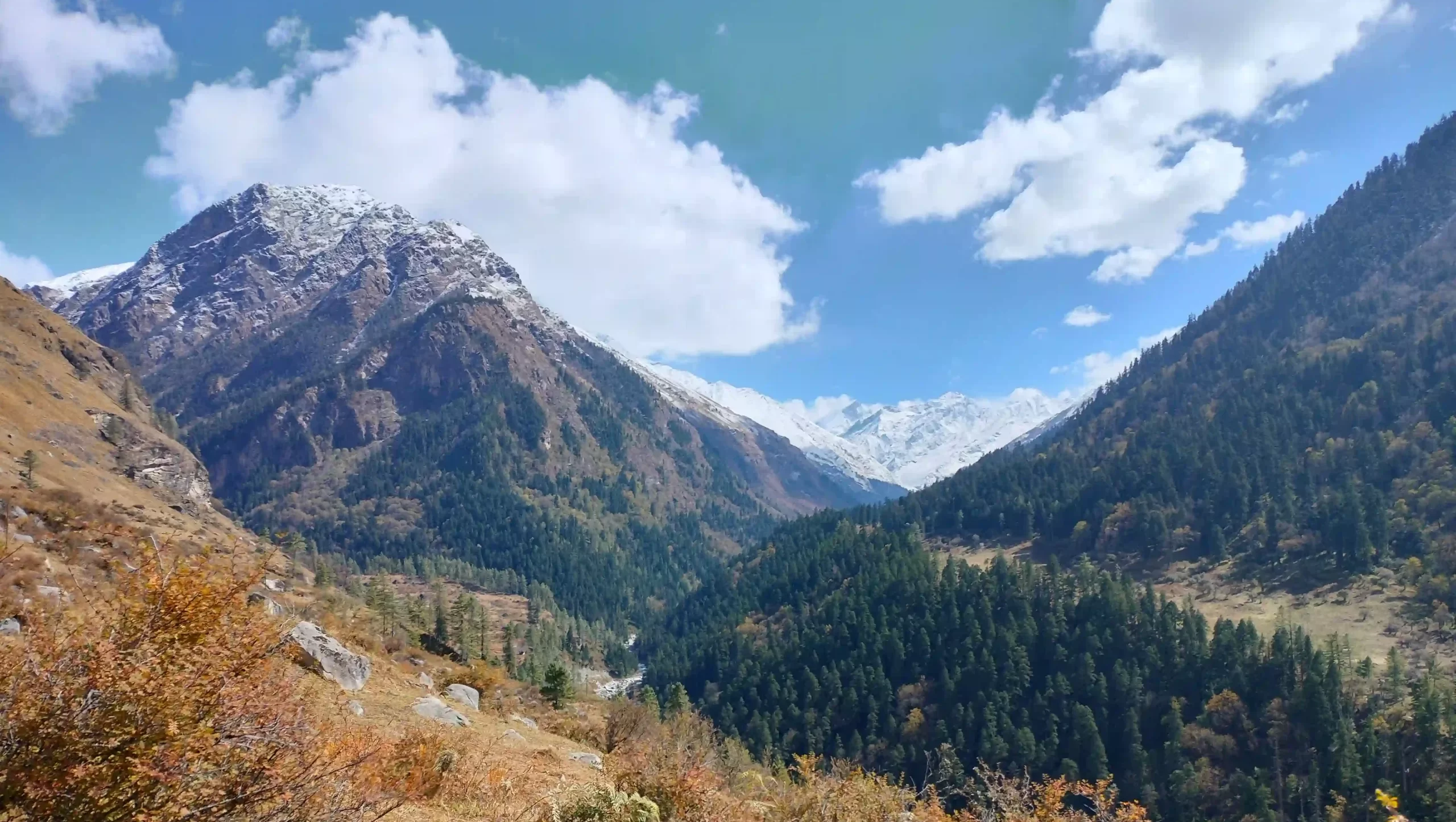
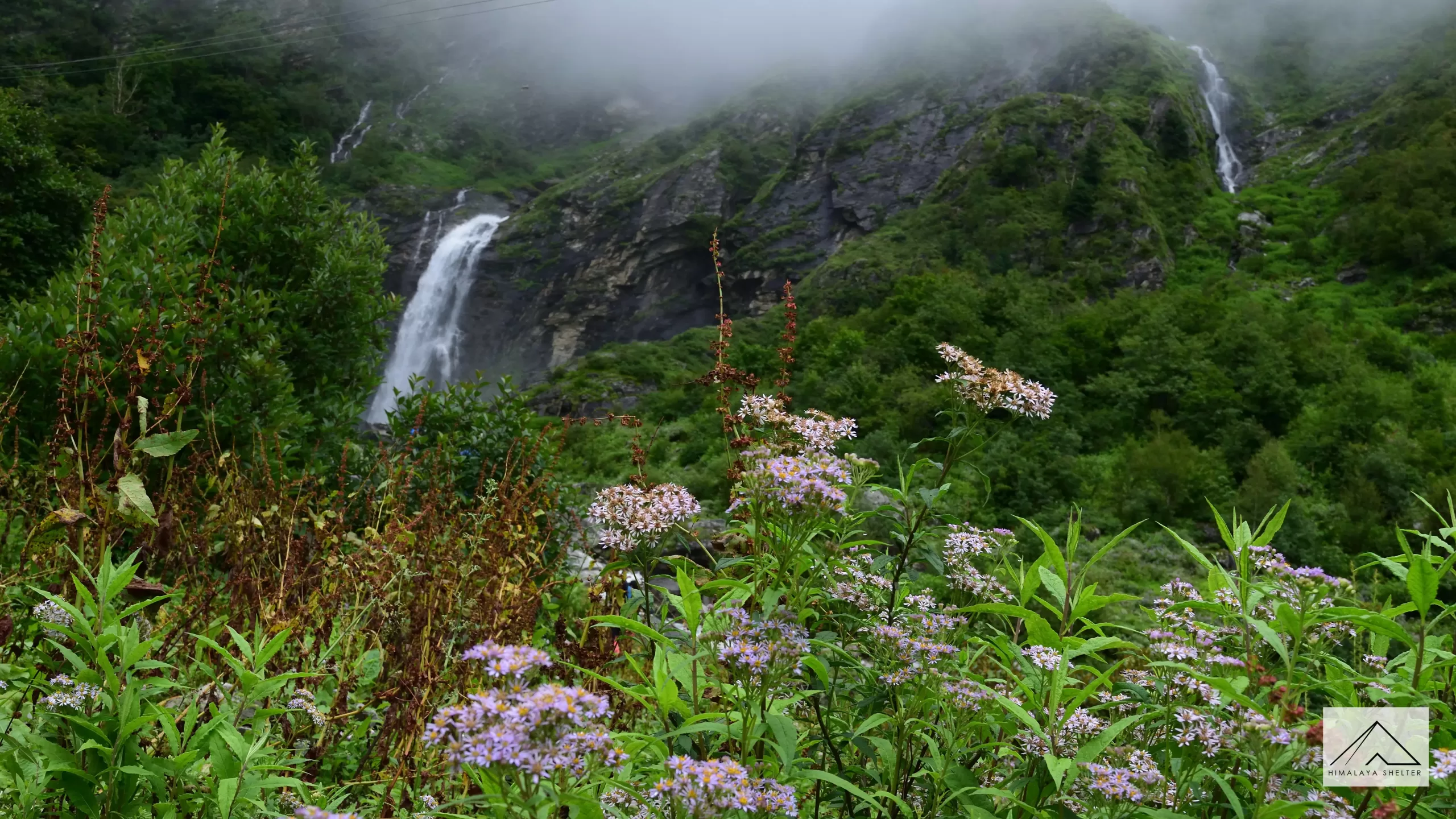
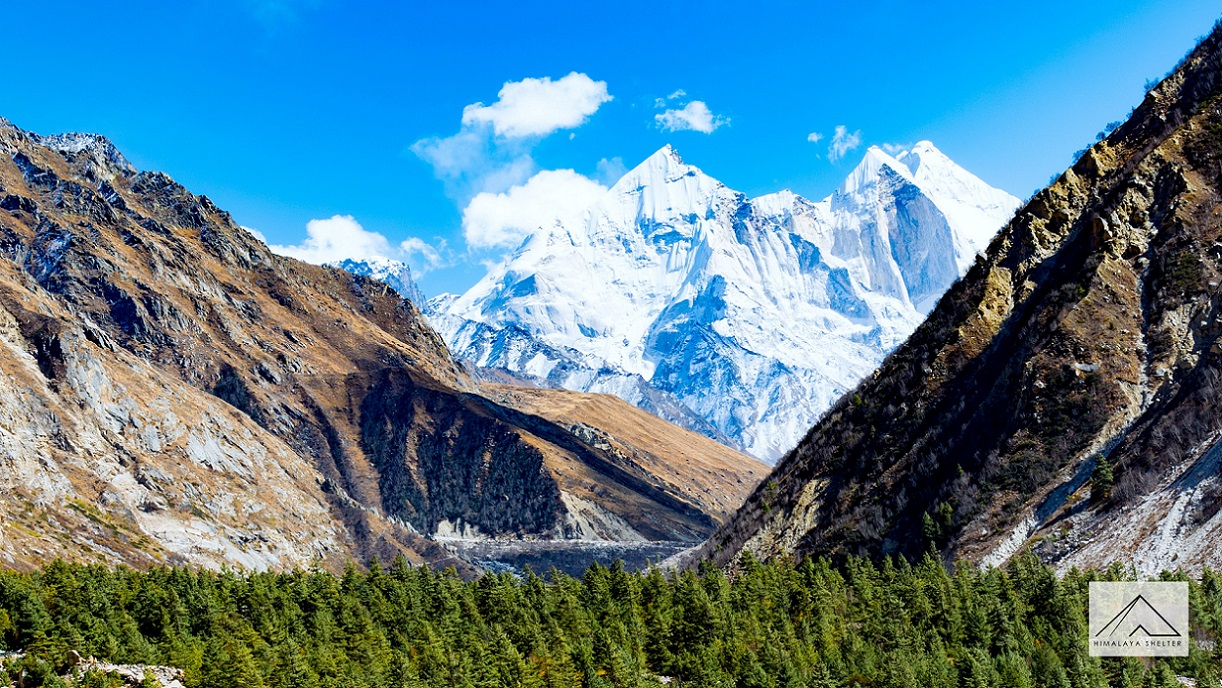

Great wordpress blog here.. It’s hard to find quality writing like yours these days. I really appreciate people like you! take care